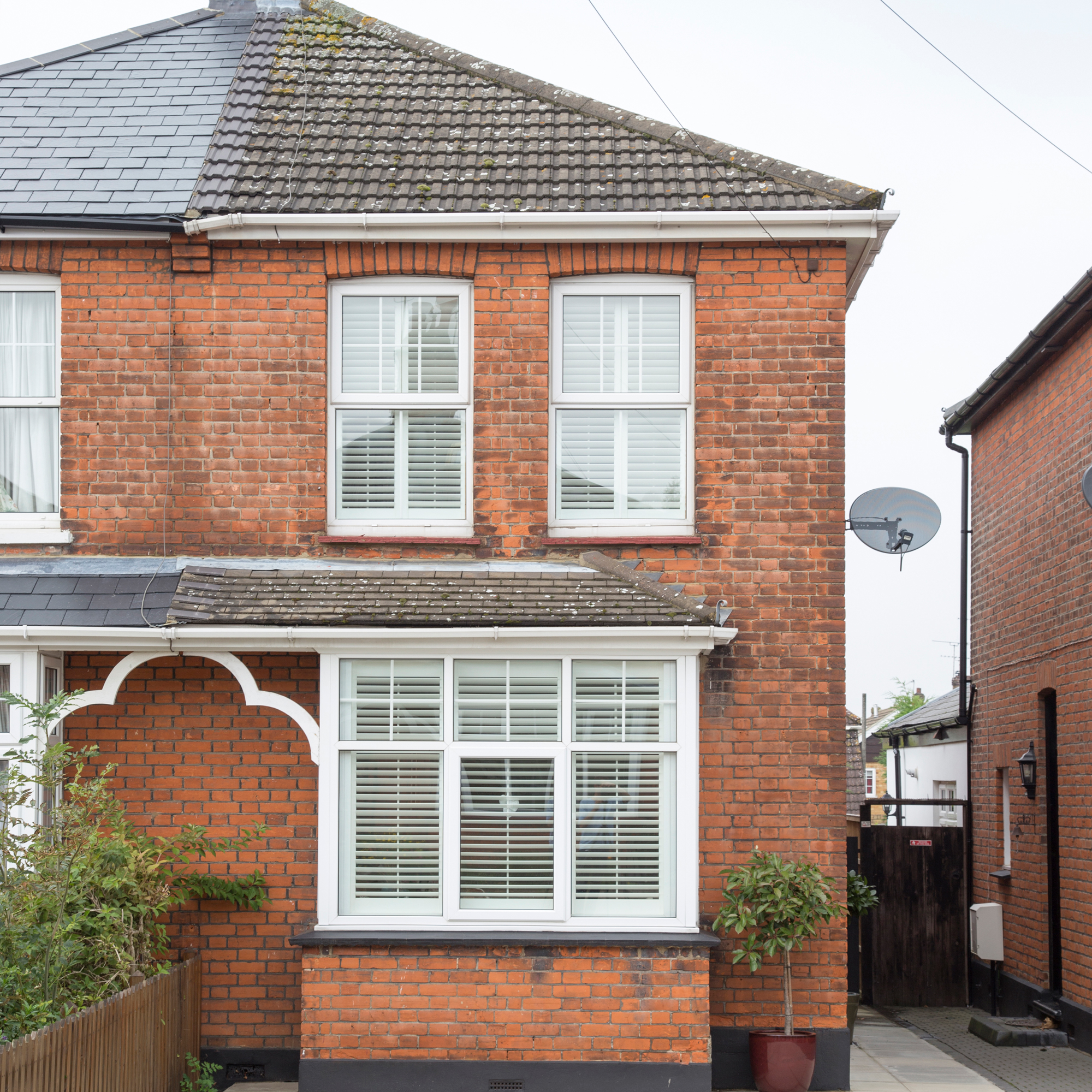How to improve your EPC rating to improve the saleability of your house
Follow these six options to better your home’s EPC rating


Wondering how to improve EPC rating? Every property on sale or for rent in the UK needs to have an EPC rating – an Energy Performance Certificate which reveals how energy efficient your home is.
Generally, properties with higher EPC ratings are much more appealing to potential home buyers or renters because the more energy efficient a home is, the less it costs to heat and light it – a big bonus in today’s cost of living crisis.
According to Natwest’s Greener Homes Attitude Tracker, 40% of homebuyers looking to move in the next 10 years say that a property’s EPC rating was a ‘very important’ factor, up from 30% a year ago.
Victoria Anderson-Stewart, senior sales consultant at Hamptons in Newbury, Berkshire, has noticed this pattern, too: ‘It’s one of the biggest changes we’ve noticed in recent times,’ she says. ‘Prospective purchasers want to know how much it costs to keep a property before they’ll even consider viewing it, with a low EPC rating raising concerns and leading to doubts over a purchase,’ she says.
So, if want to sell your house, now is a good time to start thinking about how you can improve your property’s EPC rating. Read on for a list of EPC recommendations which will increase the saleability of your home, as well as improve its green credentials.
How to improve EPC rating – the six best options
1. Add wall insulation

Improving the fabric of your home is a sure-fire way to improve its energy efficiency. According to Energy Saving Trust (EST), about a third of all heat lost in an uninsulated home escapes through the walls.
But, by installing cavity wall insulation in a semi-detached house, which on average costs around £1,000 to fit, you could save £395 a year on utility bills and reduce your home’s carbon dioxide emissions by 670kg. You could potentially move yours from an EPC E to an EPC D.
2. Install loft insulation
According to Energy Saving Trust, a quarter of heat is lost through the roof of an uninsulated home. So insulating your loft, attic or flat roof is an effective way to reduce heat loss, lower your heating bills and improve your EPC rating.
Prices vary, but on average EST states that it should cost around £480 to install up to 270mm wool insulation in the loft of a semi-detached house which will save up to £355 a year on energy bills and reduce carbon dioxide emissions by 610kg.
3. Replace your boiler

‘Your home’s heating system plays a big role in the EPC score,’ says Thomas Goodman at Myjobquote.co.uk. ‘Depending on how old your current boiler is, switching to a newer, more efficient model could improve your rating significantly – potentially improving your score by up 40 points,’ he says. This could be enough to potentially move a D rating up into an EPC C rating.
It's a good time to weigh up replacement boiler cost. According to uswitch.com, it can cost anything between £1,500 and up £5,000 to replace a gas boiler. However, with a potential saving of £840 per year when replacing a G-rated boiler with an A-rated boiler according to EST, it certainly pays to have a more efficient heating system in your home.
4. Fit double glazing

Double-glazing has become the norm in modern homes and you can see why. Not only does it reduce energy bills, noise pollution and adds more security than single glazing, but it can also improve a home’s EPC rating – ‘potentially by around 5-10 points,’ says Thomas Goodman. So consider replacement windows.
5. Upgrade light bulbs
‘LED light bulbs are more energy-efficient and eco-friendly than older halogen or incandescent light bulbs,’ says Thomas Goodman. ‘It’s also a relatively cheap and easy way to improve your home’s EPC rating,’ he says.
While LED bulbs tend to be more expensive to buy, they use a lot less energy and last much longer. According to lighting brand Philips, an LED bulb uses only 2.5 watts to produce a light output of 115 lumen, while a traditional bulb uses 15 watts and 6 times more energy to produce the same lumen output.
6. Invest in solar panels

Installing solar panels will inevitably reduce your home’s energy bills and carbon footprint. Also known as photovoltaics, they work by capturing the sun’s energy and converting it into electricity helping a home generate its own renewable energy source.
However, there are lots of cost and technical implications which means they’re not always suitable for every home in the UK. If interested, make sure you use a reputable installer with an MCS certified accreditation who will advise you on the pros and cons of this home improvement.
Get the Ideal Home Newsletter
Sign up to our newsletter for style and decor inspiration, house makeovers, project advice and more.

Sophie Vening is a freelance journalist and editor with more than 16 years’ experience writing about homes and properties. She’s worked for some of the UK’s leading interiors, self-build and property titles including, Grand Designs, Ideal Home, House Beautiful, Build It, The Metro Homes & Property and The Evening Standard Homes & Property.
She enjoys writing about complex issues in an easy-to-understand way.
-
 Wood drenching is the calming new twist on the colour drenching trend – here’s how to make the look work in your home
Wood drenching is the calming new twist on the colour drenching trend – here’s how to make the look work in your homeIt’s easier than ever to embrace natural materials
By Maddie Balcombe
-
 Aldi is launching a £200 day bed with four different features - its sleek design is suited to the whole family
Aldi is launching a £200 day bed with four different features - its sleek design is suited to the whole familyYou don't want to miss out on this Specialbuy
By Kezia Reynolds
-
 How to set up a drip watering system that saves water and a lot of effort
How to set up a drip watering system that saves water and a lot of effortKeep your plants hydrated (and your water bill down) with this clever garden watering solution
By Natalie Osborn